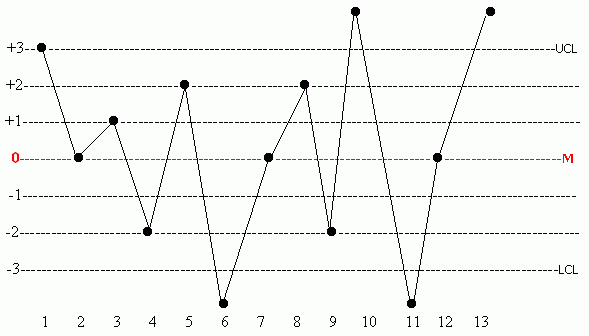TQM = continuous process improvement
Process improvement requires that processes be stable, or under
statistical control
Statistical control - a state of random variation; it is stable since the
limits of variation are predictable
Once the process has been stabilized, special
causes of variation can be dealt with
Once
special causes of variation have been removed, process improvement can
begin
Processes
are improved by addressing common causes
To be able to distinguish between special and common causes of
variation, we must let the system run for a long time and measure
continuously its output
Tampering with a process - ascribing a variation, or a mistake, to a
special cause when in fact the cause belongs to the system. This overadjustment
adds variation to the process.
Ascribing a variation, or a mistake, to the process when in fact the cause
is special leads to doing nothing.
Acceptable Defects:
Rather than waste efforts on zero-defect goals, Dr. Deming stressed the
importance of establishing a level of variation, or anomalies, acceptable to
the recipient (or customer) in the next phase of a process. Oftentimes, some
defects are quite acceptable, and efforts to remove all defects would be an
excessive waste of time and money.
